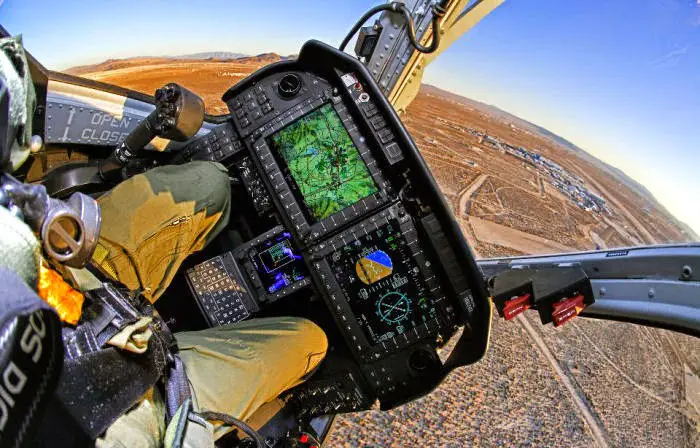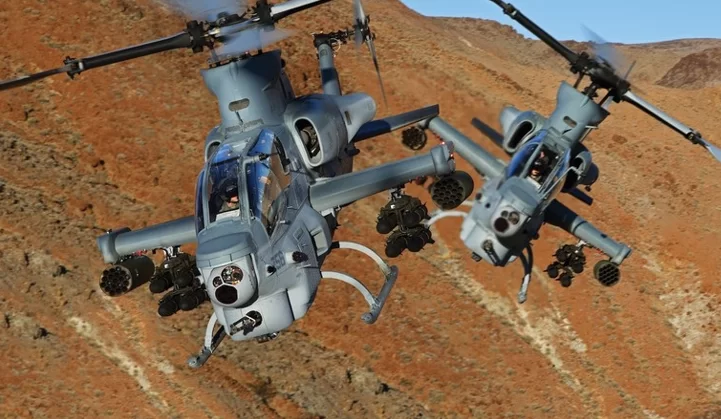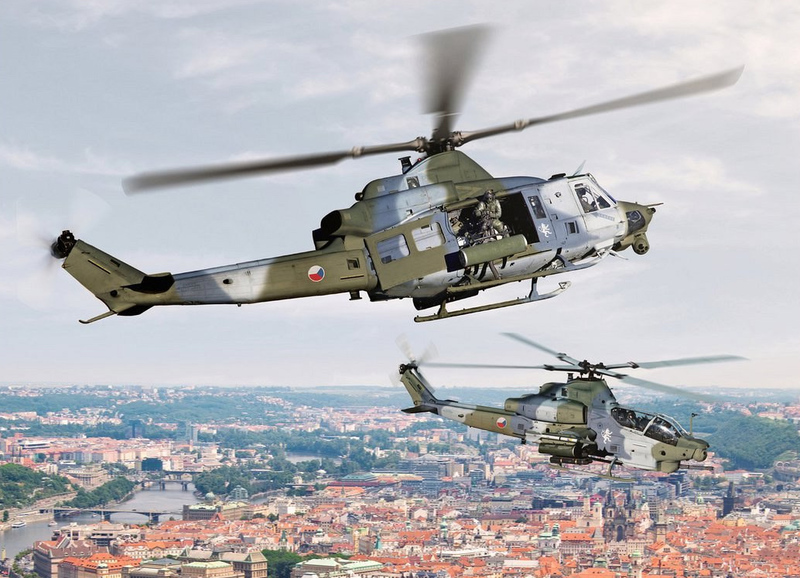The First Two Viper Helicopters Arrive in the Czech Republic
- Garth Calitz
- Aug 2, 2023
- 5 min read
By Captain Jindřiška Budiková

The 22nd Air Force Base received the first two American AH-1Z Viper attack helicopters. They arrived in a giant C-17 Globemaster cargo plane. By mid-September, the Vicar base will receive four more machines: two Vipers and the first two UH-1Y Venoms.


"Delivery of the first American helicopters is a significant moment for the modernization of the military, it moves the helicopter air force into the 21st century. In this way, we are getting rid of our dependence on Russian technology and switching to a modern Western platform supplied by an important ally," said Defence Minister Jana Černochová.

A large group of American specialists also arrived in the Czech Republic with two helicopters, who, together with their Czech colleagues, will assemble the helicopters, put them into operation and, so-called, fly them in the next two weeks. Together, they will also carry out certification on the machines. During August, a mobile training team (MTT - Mobile Training Team) will arrive from the USA and will start training air personnel of the 22nd Helicopter Air Force Base on September 1. The official presentation of the helicopters will take place in Náměště on August 17 with the participation of the Minister of Defence, the Chief of the General Staff and other representatives of the department and the army.

The intergovernmental agreement for the purchase of 12 new helicopters of the H-1 system was signed in 2019 by then Minister of Defence Lubomír Metnar. The Czech Republic will receive another eight modernized ones from the USA for free as an award for helping Ukraine. The Czech army will thus have a total of 10 UH-1Y Venom machines and the same number of AH-1Z Viper at its disposal.

Viper fighters and multi-purpose Venoms stand out for their firepower, self-protection system, covert communication and ability to survive on the battlefield. Compared to the Russian Mi-24, the machines are also incomparably simpler in terms of maintenance.


"The H-1 system will fundamentally increase the firing capabilities of the helicopter air force of the Czech army, especially with precisely guided ammunition that can be used by both helicopters of the system," noted the Chief of the General Staff of the ACR, Lieutenant General Karel Řehka.

According to Major General Petr Čepelka, Commander of the Czech Air Force, the new helicopters represent a complete system. "The Army of the Czech Republic will receive two helicopters of similar performance that can perform operational tasks together. Vipers provide offensive air support. Venoms alone or in cooperation with Vipers provide close fire support and logistics," highlighted Čepelka.

In addition to a digital cockpit with large LCD panels and an automatic flight control system with integrated satellite and inertial navigation, another advantage is the similarity in construction (engines, rotors, electronics and avionics) and flight areas. “Pilots are able to switch between individual types. The H-1 system also allows parts to be exchanged between Venoms and Vipers, which makes for simpler logistics," he recalled. Along with the helicopters, the Czech army will also receive appropriate armament: Hellfire and APKWS air-to-ground guided missiles, unguided missiles and ammunition for cannon and machine guns.

Pilots and technicians from Náměště retrained on the new machines for seven months at the US Marine Corps Pendleton base. Other courses will continue already in the Czech Republic under the leadership of the American mobile training team for a period of two years until the pilots and technicians fully master the system of operation and maintenance of the machines.

In the Czech Republic, there is already the first of two training simulators that LOM Prague will operate in the recently completed simulation centre directly at the 22nd base. Classrooms, a mission planning room and facilities will be available in the building. The simulator offers all the controls and weapon systems as in a real helicopter.

The 22nd base of the helicopter air force is currently equipped with Mi-24V/35 fighters, which they will soon say goodbye to. The multi-purpose Mi-171Š remains in its arsenal. Both types officially began to expire many years ago. The official farewell to the Mi-24V/35 helicopter will take place at the September NATO Days in Ostrava.

The H-1 system, consisting of the AH-1Z "Viper" and UH-1Y "Venom" helicopters, follows on from the proven "Cobra" and "Huey" machines of the US Marine Corps. Compared to their predecessors, these helicopters achieve higher speeds, operational ranges and larger payloads, while life cycle support requirements have been reduced.

Individually, the AH-1Z and UH-1Y are some of the most capable combat and multirole helicopters. Together, they represent the most effective means of fulfilling a wide range of combat and support tasks anywhere in the world. The AH-1Z and UH-1Y helicopters have the advantage of 85% consistency of maintenance-critical parts and components. This concept ensures a reduction in operating expenses, personnel training requirements and overall life cycle support costs.

Both helicopters were designed with an emphasis on survivability in a combat situation. These machines will primarily perform the tasks of direct air support, transport and CASEVAC (non-medical evacuation of the wounded). Thanks to the simple design of the airframe and the concept of folding rotor blades, both types are easy to transport.
AH-1Z "Viper"
The AH-1Z is a combat helicopter manufactured by Bell Helicopters Textron.
In the front part of the helicopter, there is a three-barreled 20 mm rotary cannon with a capacity of 650 rounds. Additional armament can be carried on six weapon racks, while the helicopter can carry up to 16 HELLFIRE anti-tank guided missiles or 76 HYDRA unguided missiles, or 28 laser-guided APKWS missiles. Another possible armament is 6 AIM-9 SIDEWINDER air-to-air missiles. The Viper is equipped with an integrated avionics system, the interface of which is made up of a "glass cockpit". This system brings together elements of communication, navigation, onboard data processing, threat detection and control of weapon systems and conveys information to pilots about the situation on the battlefield. The most important data about the flight, weapon systems and surrounding threats to the helicopter are presented to the pilots directly on the helmet head-up display. The AH-1Z is equipped with third-generation electro-optical/infrared sensors and a system capable of pinpointing targets at long distances. The mentioned weapon systems can be combined depending on the mission being performed. The crew consists of 2 pilots.
The "Viper" helicopter can perform a wide range of tasks. Its main purpose is the support of ground troops and is thus most often used to perform the tasks of direct air support, aerial reconnaissance, air defence, aerial escort of ground units or other types of helicopters, or to perform air isolation tasks conducted behind enemy lines. Thanks to its sensors and other equipment, it can also be used as a platform for the forward air commander (JTAC-Joint Terminal Attack Controller) for coordinating the fire of other air and ground assets. The Viper can operate both from land bases or temporary areas and can conduct operations from naval vessels.
Tactical-technical data:
Maximum speed 200 [kt] 370 [km/h]
Maximum Payload 5764 [lb] 2611 [kg]
Combat radius 131 [nm] 243 [km]
Practical range 14000 [ft] 4300 [m]
Engine power T700-GE-401C 1800 [shp] 1341 [kW]
Maximum Fuel Amount 2858 [lb] 1258 [kg]
Maximum overload -0.5 to 2.5 G





























Comments